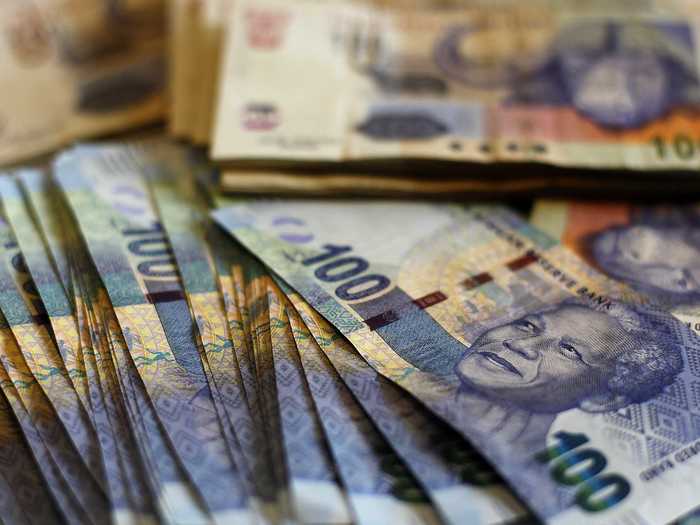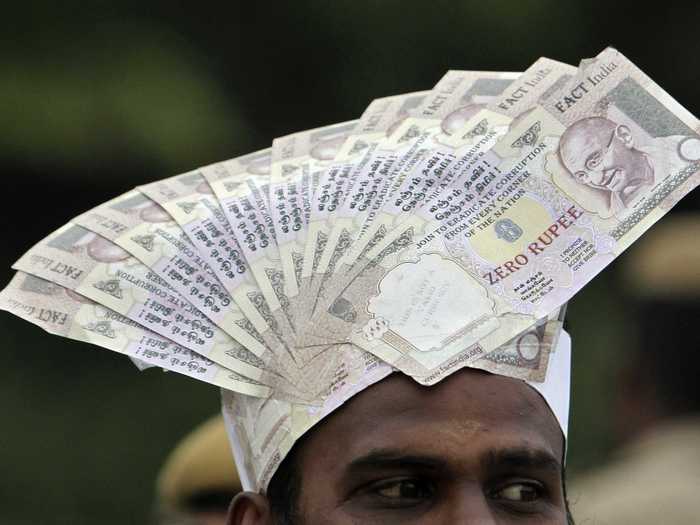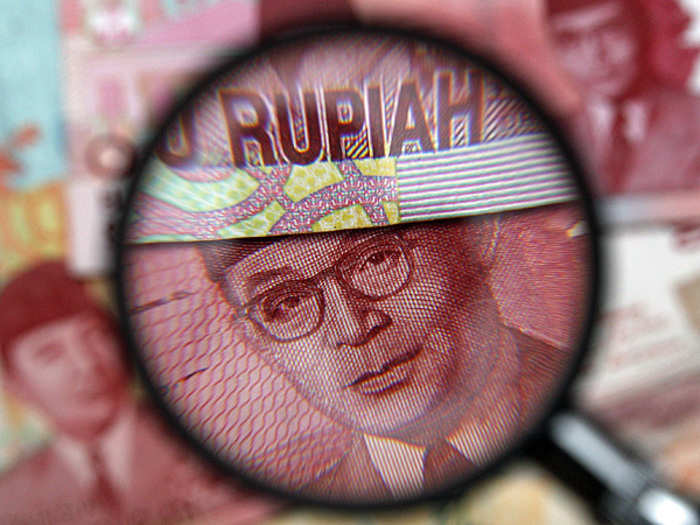- Home
- stock market
- MORGAN STANLEY PRESENTS: 'The Fragile Five' - The Most Troubled Currencies In Emerging Markets
MORGAN STANLEY PRESENTS: 'The Fragile Five' - The Most Troubled Currencies In Emerging Markets
The Brazilian real

South Africa's rand

Year-to-date: -14.4% against the USD
GDP growth: 2.0%
Inflation: 6.4%
Current account deficit: -6.5% of GDP
Of the fragile five, South Africa's central bank is the only one that hasn't raised rates, "largely because of its non-interventionist philosophy in terms of exchange rate management." Like the other countries on this list the rand is weighed down by South Africa's current account deficit (CAD) and a rising REER which is expected to worsen CAD concerns.
The rand is also more vulnerable to a slowdown in China and the impact that it could have on commodity prices, specifically industrial metals. In South Africa, we saw wildcat protests to raise the wages of the lowest-paid miners so they were growing faster than inflation.
Source: Morgan Stanley/Bloomberg
The Indian rupee

Year-to-date: -12.1% against the USD
GDP growth: 4.4%
Inflation: 6.1%
Current account deficit: -5.07% of GDP
India has a high current account deficit. A rising REER only risks a worsening of the current account deficit. But Morgan Stanley analysts do point out that India has lost fewer Forex reserves than other countries in the fragile five. And reform measures intended to curb the capital account deficit and attract capital flows have taken some of the pressure its central bank.
However, India's central bank had said it would sell US dollars directly to oil firms to support the rupee. It also raised interest rate, while scaling back some of the emergency measures set up to support the rupee. India continues to grapple with high inflation, especially food inflation that has been driven by surging onion prices.
Source: Morgan Stanley/Bloomberg
Turkish lira

Year-to-date: -9.9% against the USD
GDP growth: 4.4%
Inflation: 8.17%
Current account deficit: -6.62% of GDP
Turkey faces all the same problems as the other fragile five countries and has seen core inflation (ex-food and energy) hit a three year high. But, "Turkey has more flexibility in its monetary policy than anyone in the EM world by some distance (since the policy set-up is designed to compensate for a very low level of FX reserves) and its fiscal position has improved substantially."
The Turkish central bank has held Forex auctions to support the lira but has kept interest rates unchanged.
Source: Morgan Stanley/Bloomberg
Indonesian rupiah

Year-to-date: -15.4% against the USD
GDP growth: 5.81%
Inflation: 8.79%
Current account deficit: -3.27% of GDP
Indonesia has seen workers strike, and demand a 68% minimum wage hike, as inflation continues to rise. The rupiah is expected to remain under medium term pressure but the central bank does have room to use interest rates "given its cyclical position and a stable banking sector." The Indonesian central bank has helped support its currency by raising rates.
Source: Morgan Stanley/Bloomberg
Popular Right Now
Popular Keywords
Advertisement
